NOTE: This article has massive spoilers for Final Fantasy XVI, including the events that occur at the end of the game.
Final Fantasy XVI, the most recent title in the Final Fantasy franchise, was released just under five months ago. Since then, several questions and theories have been created around its universe, and some of them were even answered by the Ultimania, released in September, which tells several details about the game's lore.
Although this brings tons of content about the characters and the game world, there are still some unanswered questions about Valisthea, which could become central themes of the two future DLCs planned for the title.
In this article, we highlight five unresolved mysteries from Final Fantasy XVI!
Five Mysteries of Final Fantasy XVI
We warn you again, this article will touch on critical themes of the game, with spoilers for the entire plot until the end. We recommend finishing FFXVI before delving deeper into this article.
What happened to Leviathan?
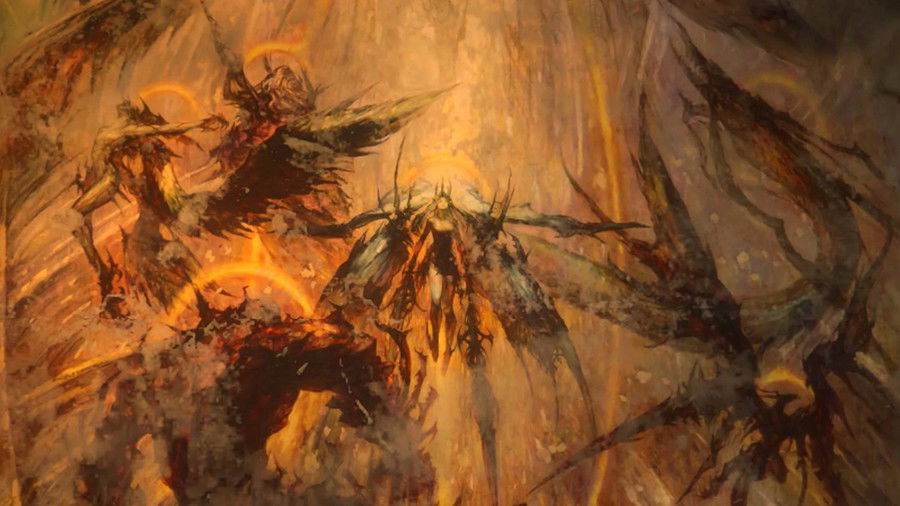
In one of the first trailers, we were introduced to a mural which highlighted the game's Eikons. In it, in a colossal size, we have the figure of Leviathan, a recurring summon from the franchise associated with the water element.
Leviathan was expected to appear in some form throughout the game, even though its Dominant was never revealed in the trailers. But it has no role in the plot, nor does it appear, with the only time it is even mentioned is when Margrace refers to it as "Leviathan, the Lost", when he finds the Eikons mural.
So where is Leviathan, and what happened to it? According to the Ultimania, the tribe from which its Dominant used to awaken was located on the southern Ash before it was taken over by the blight, but the reason behind its disappearance, or why no Dominant has awakened in modern times, is unknown.
Another question that its absence leaves is why Ultima didn't need Mythos, Clive Rosfield, to absorb Leviathan's powers. After all, to become his perfect vessel, Ultima needed Clive to absorb the other Eikons, so he could sustain a huge amount of magic.
According to Ultimania, the reason why the villain chose Clive as his vessel is because not only did he have the aptitude for it, but the opportunity seemed propitious, as there were so many Dominants awakened at a single time, given their awakening isn't synchronized. - perhaps Ultima had no other option than to accept the risk of creating Mythos without Leviathan, as it could take centuries for a more propitious moment to appear.
What is the crystalline formation in Sanbreque's sea?
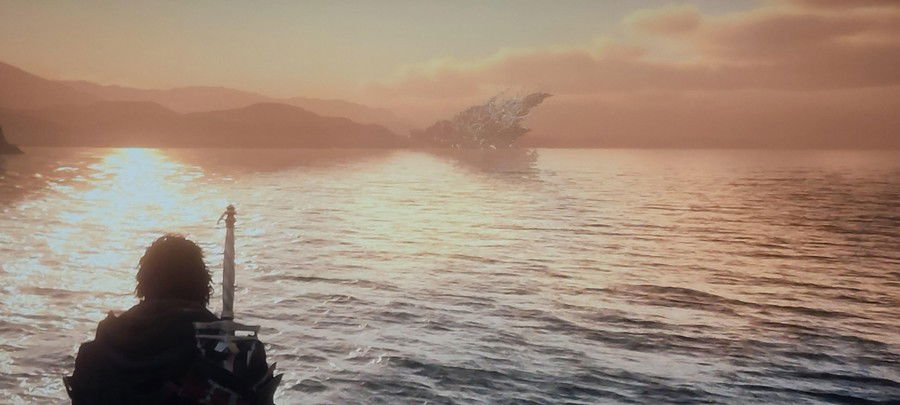
The answer to the mystery above may, or may not, be connected to another enigma from Final Fantasy XVI: the crystalline formation that we can see on the horizon of the Royal Meadows, in Sanbreque. The most curious thing about it? As proven in a dialogue between two farmers, not even the residents of that region know what it is!
Several theories have already been created by fans: some believed that it was the Crystal from the Northern Territories, which fell into the sea. But not only does its geographic location not match, but the residents of Sanbreque would certainly remember its fall, given it happened a long time ago. Others believe it to be just a formation of frozen waves from some previous confrontation with Shiva - another event that farmers would certainly remember.
One of the most accepted theories is that these crystallized waves have some connection with Leviathan, despite the region being almost in the opposite position to where its Dominant used to be born. Near the end of the game, we can meet one of the Undying agents in Nortreach, who mentions he is investigating this phenomenon, but that the others sent there never returned. This reinforces the theory that there is something supernatural and active about this structure, and given Leviathan's connection to the sea, it would make sense that this formation would be important to an upcoming DLC.
What are Moogles, and where do they live?
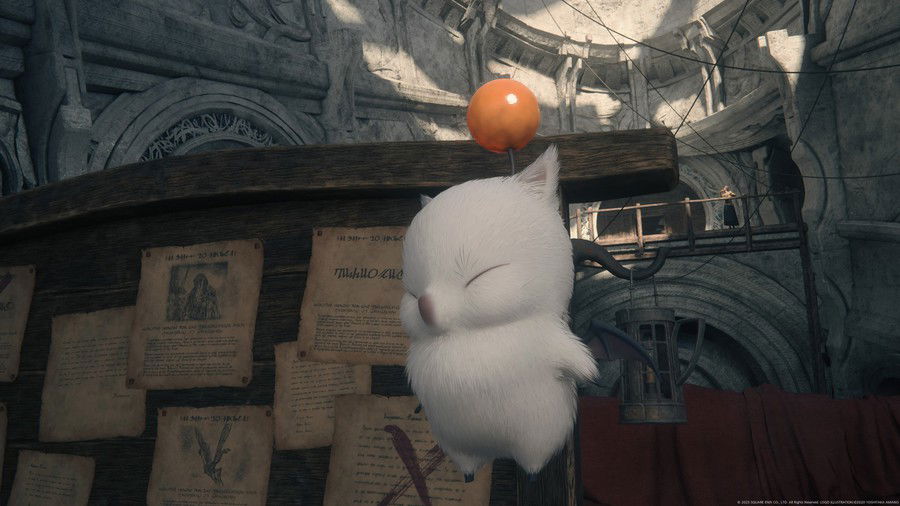
Moogles are the most mysterious creatures in Final Fantasy XVI. Clive only encounters one of them: Nektar, who cannot communicate with anyone in the Hideaway other than the protagonist. After the time skip, he is responsible for the hunting board, in addition to telling anecdotes about his adventures.
Being the only Moogle we have contact with, Nektar is the only creature in the FFXVI plot that would know the exact location where Moogles live, but he himself refuses to say. Furthermore, the information Nektar could provide about his race is, at the very least, questionable, given the lack of credible facts in his "adventures".
Another mystery lies in their very existence and language. While Clive and two children from the Hideaway see Nektar, in addition to Cid being the one who found him in a Fallen ruins, the rest of the residents seem oblivious to his presence and don't even mention him. Harpocrates, for example, says Moogles don't exist and that children are imagining things.
In an interview in June, Naoki Yoshida and Hiroshi Minagawa commented that the Moogles were one of the most challenging parts of Final Fantasy XVI's production, as these creatures do not fit the darker tone that the title proposes, in addition to their fur being very challenge to achieve in Performance Mode, and they were almost cut from the game.
For a creature in such a comical role, Nektar brings many more questions about the Moogles than answers - from their origins to where they live and why Clive is the only one who can communicate with him.
What exists on the Outer Continent?
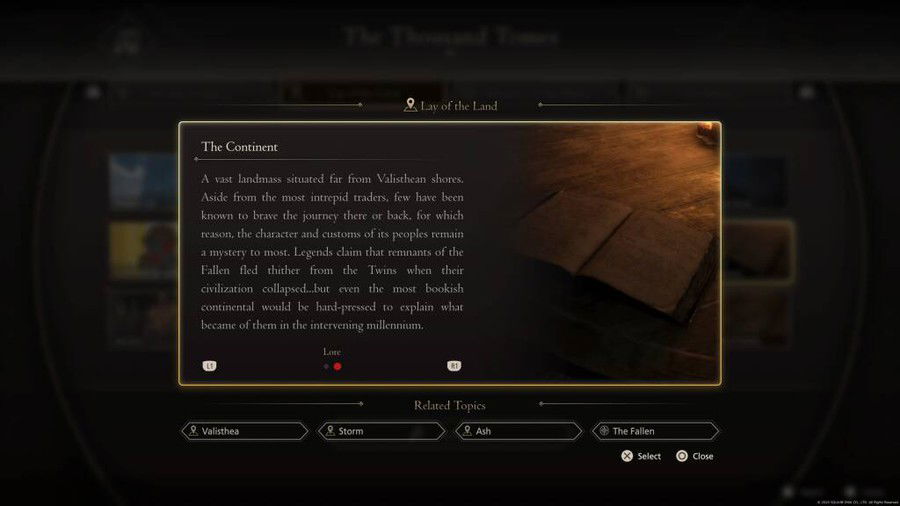
The story of Final Fantasy XVI takes place in Valisthea, but it is not the only habitable region in the world: another continent exists, and it is referenced in some side quests and in the description of some items and equipment.
The Ultimania reveals that some characters in the plot were or came from the Outer Continent to Valisthea, such as Cid and Barnabas. We also know that part of the Circle of Malius went to lands beyond Ash, and there is some trade routine between Valisthea and other regions. These, for example, brought swords like the Masamune and the whetstone Clive finds for Blackthorne, as well as a dozen luxury items and Bearers, who are supposedly emancipated after arriving in the Continent.
We also don't know what the political relationship is like in this region, nor whether the events that occur in Valisthea, such as the Primogenesis and the Blight, also affect its lands, or even whether Ultima exerts any influence on the Outer Continent. There is not enough information to even imagine how its people live.
Who is the real author of that book?
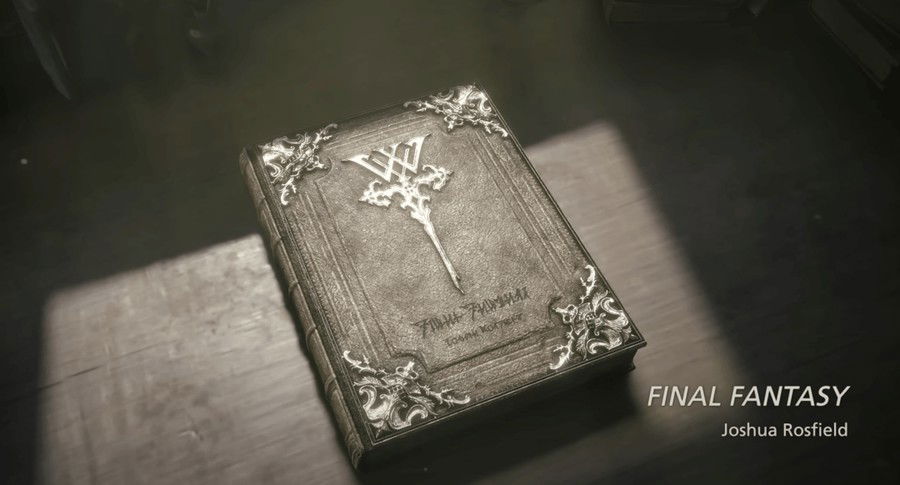
In the post-credits scene, two children and a puppy play something they call "War of the Eikons", where they impersonate the Valisthea's Eikons, which are now deemed as fairy tales. This scene takes place long after the game's ending and, in it, we later see a book on a bedside table with the Cursebreaker symbol, titled "Final Fantasy" and whose authorship is credited to Joshua Rosfield.
However, this authorship contradicts the events at the end of the game: during the last battle, Joshua is fatally injured by the part of Ultima he had sealed within himself, and uses the strength he has left to pass on the powers of the Phoenix to his brother. After the clash against the villain, Clive absorbs his powers and, before using them to destroy the heart of Origin and put an end to all magic, he heals Joshua's wound, but his brother shows no sign of being revived, or that he has survived.
Afterward, Clive destroys Origin, and the last time we see him, his arm is being petrified while he looks at the moon. There, the game implies that Joshua is dead and Clive is dying (Joshua after Ultima frees itself from his body, Clive due to the amount of magic absorbed and used to destroy Origin). Therefore, it would not be possible for Joshua to have written the book.
This is the plot point with the most fan theories, and the answer to which is inconclusive. One of them, for example, is that Clive survived and wrote the book under his brother's pseudonym to honor his name, and as Clive is a known outlaw. Final Fantasy XVI is a game with some symbolism and details, some of them, such as the fact that Harpocrates hands over his pen to Clive, indicates the protagonist did indeed have the aspiration to become a writer. Furthermore, Clive is the notorious narrator of the story, both at the beginning and at the end.
Harpocrates is another possible author of the book. After all, he is aware of almost every detail of Clive's journey, as well as being a wise man, teacher and skilled writer. However, there would be no time for the hero to share the details of his last confrontation, and the phrase which supposedly inspired the book's title is one of those said by Clive during the last battle: "The only fantasy here is yours, and we shall be its final witnesses."
Another theory is that Joshua, revived by Clive's magic, wrote the book to immortalize his brother's deeds. The crux of this one is Ultima's goal: the entity wanted Clive to absorb all the Eikons to become a vessel strong enough to cast a powerful magic which would destroy Valisthea and create a new world. Therefore, a magic capable of creating such a world, in theory, would be strong enough to bring someone back to life - but it does not explain how Joshua would have survived, unconscious and without his powers, to Origin's destruction.
Finally, there are also those who believe that the author Joshua Rosfield is not the same one we know in the game, but rather a descendant of Clive and Jill who decided to write a book about the adventures of his ancestor, inspired by the notes Joshua had in his journal, or even based on the stories Jill could have shared with her children about Clive.
This follows the logic that similar outcomes existed in other titles on which prominent names in the game's development have already worked, such as the Heavensward expansion of Final Fantasy XIV, and also in Final Fantasy Tactics, where the story is told by Alazlam Durai, based on in the diary of his ancestor, Orran Durai.
These are just some of the many speculations fans have made about the post-credits scene, and there is no definitive conclusion on the matter. The Ultimania mentions the post-credits scene aims to show the world Clive has created where magic no longer exists, and the true identity of Final Fantasy's author is up to interpretation.
Conclusion
With two DLCs announced, Naoki Yoshida's team has the opportunity to answer some of the fans' main questions and doubts about the Final Fantasy XVI universe. While some of them, such as the authorship of the book, seem unlikely to be answered, others may become central themes of these expansions.
Now, we want to hear from you: which Final Fantasy XVI mysteries fascinate you the most? And what others are there besides those mentioned in the list above?
Thanks for reading!

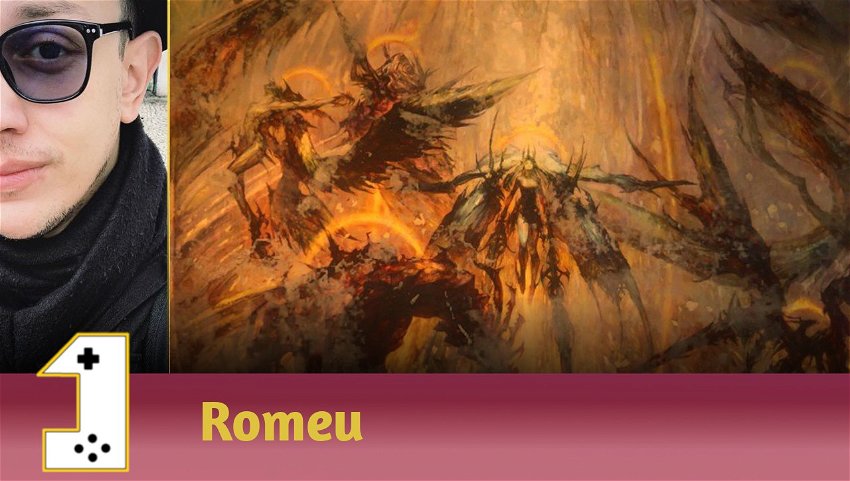





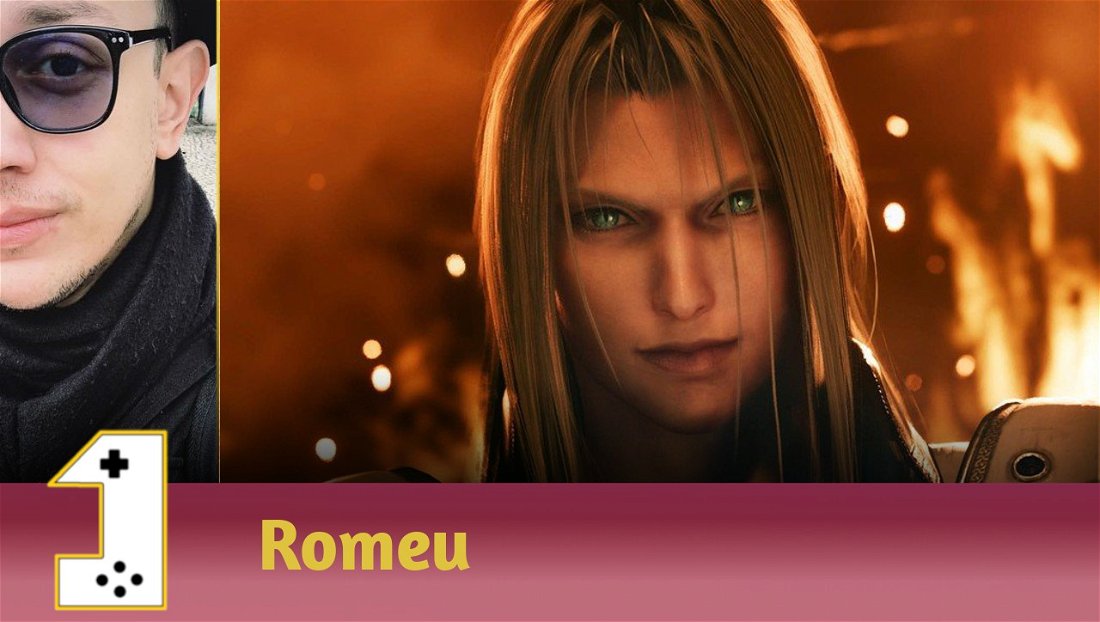
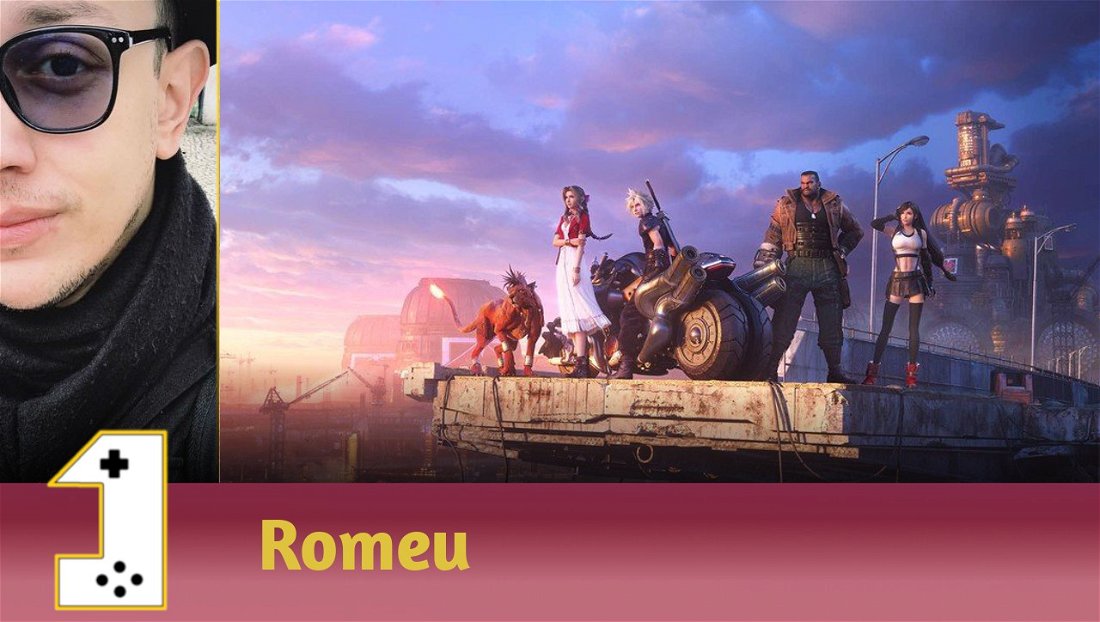



— Comments 0
, Reactions 1
Be the first to comment